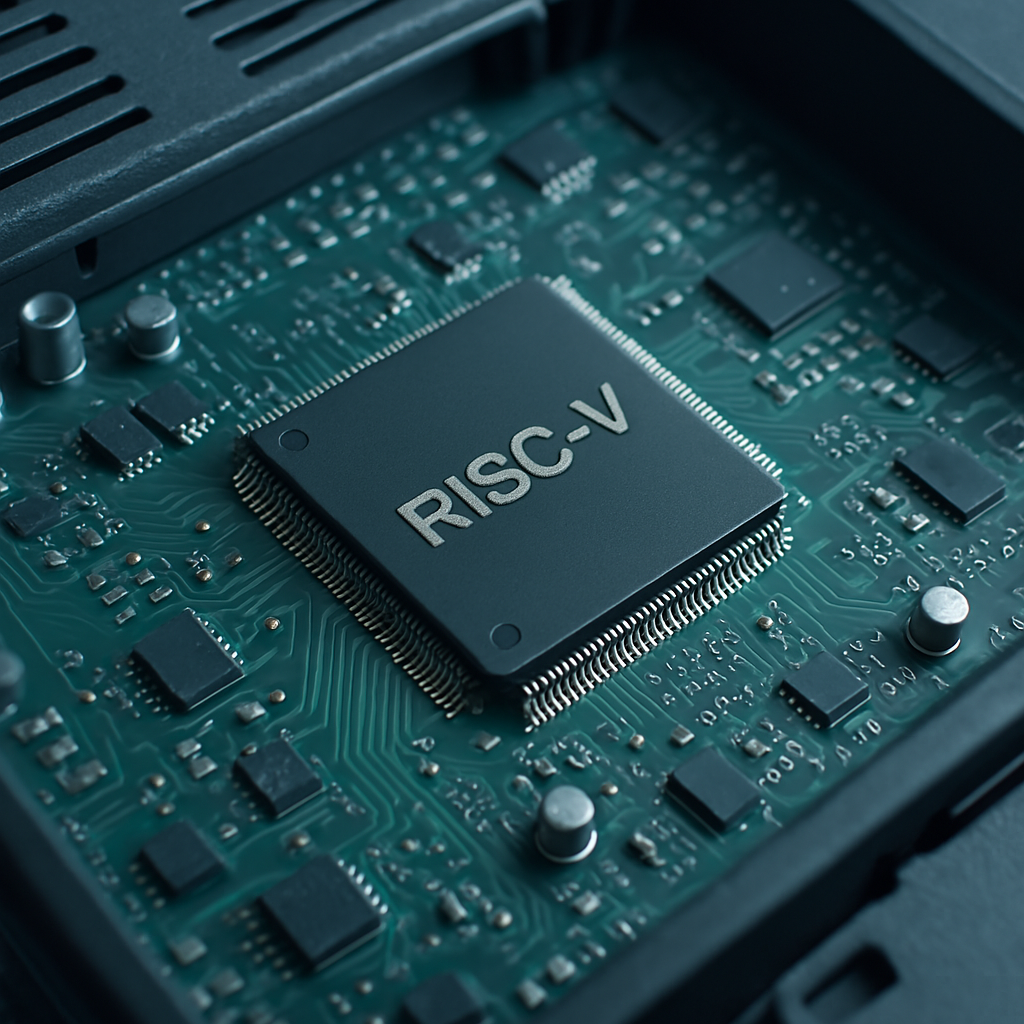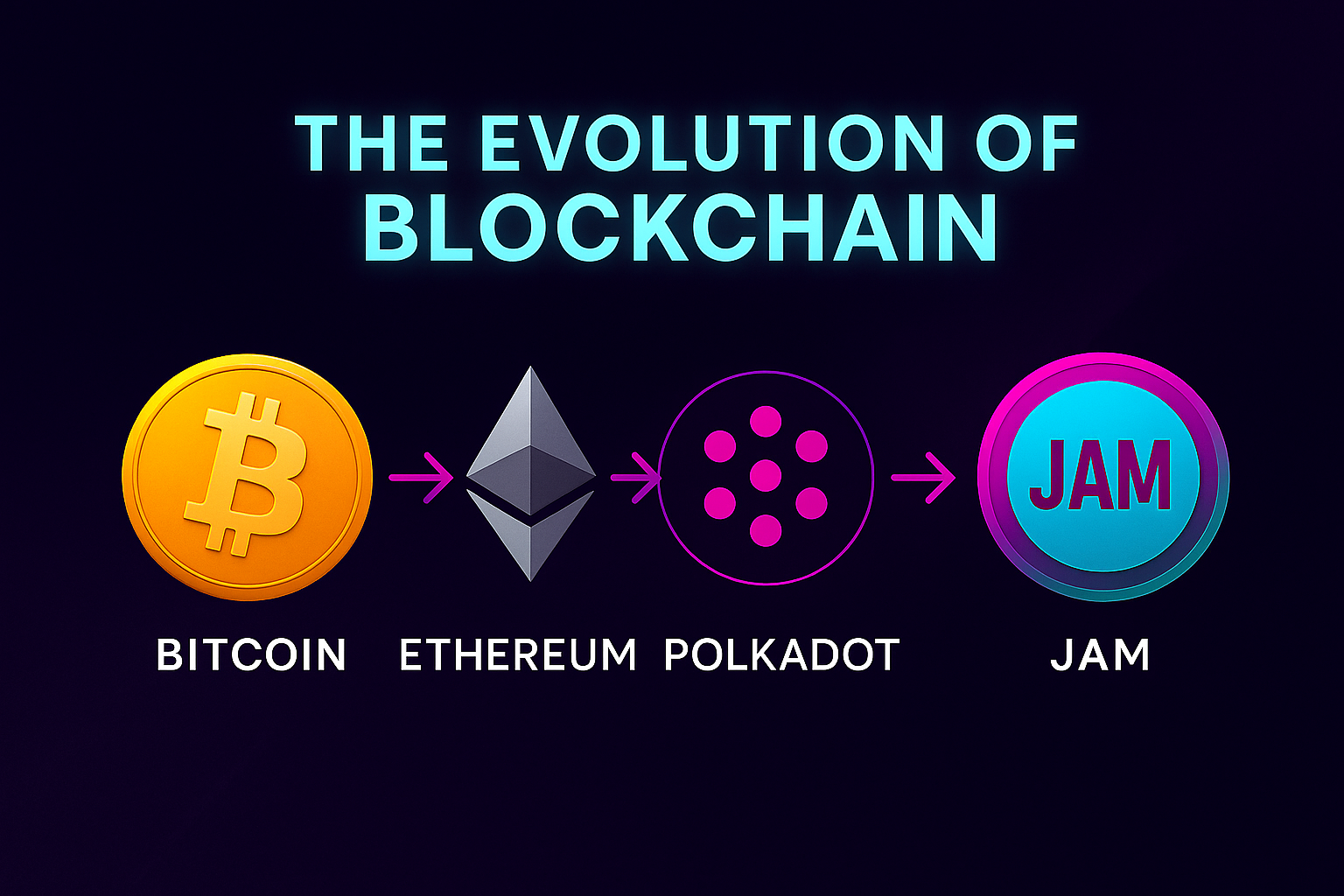From Code to CPU: How JAM Ensures Consistent Execution on RISC-V Hardware

Prasad Kumkar
CEO

When you’re building a blockchain protocol like JAM, performance is key. But what happens when you move from the abstract world of simulation to the real, raw power of a CPU? How do you ensure consistency, fairness, and reliability across a diverse network of validators, especially when the underlying hardware varies greatly? This is where JAM’s carefully designed virtual machine (PVM) and its interaction with RISC-V hardware come into play. In this blog, we’ll explore how JAM ensures that its execution environment stays consistent—even when running directly on real hardware like the JAM toaster.
The Rise of RISC-V and JAM’s Choice of Instruction Set
#
RISC-V is an open-source instruction set architecture (ISA) that has been gaining traction due to its flexibility and efficiency. Unlike proprietary ISAs like x86 or ARM, RISC-V allows developers to modify and optimize the architecture as needed. In JAM, the decision to use a RISC-V subset as the base for its JAM Virtual Machine (PVM) was deliberate: it offers a standardized and deterministic environment that makes JAM blockchain execution both portable and efficient.
However, the real challenge comes when we move from the theoretical (Python interpreters) to the practical (RISC-V hardware). How does the JAM virtual machine run in a way that is both consistent and performant on a physical RISC-V device like Toaster, which has real hardware constraints like limited memory and CPU power?
Understanding the Virtual Machine Concept#
A virtual machine (VM) is an abstraction layer that simulates hardware and software, allowing code to run on any platform. In the case of JAM, the virtual machine simulates a RISC-V CPU that runs specific bytecode instructions. When code executes on a virtual machine, the VM handles the complexities of resource allocation—like memory management, gas limits, and the program stack—so that the developer doesn’t have to worry about how each machine might differ.
The big question, though, is how does JAM ensure consistent execution when moving from the VM simulation in Python to running directly on a CPU? To answer that, we need to understand how the JAM VM operates on a real RISC-V machine.
The Hardware vs. Virtual Environment: How Execution Works#
When you move from a high-level interpreter (like Python) to a real CPU, you don’t just lose the abstractions and protections the VM offers. Here’s how JAM makes sure the same execution logic holds across all systems:
1. Memory and Gas Limitations: The Sandbox Concept
Even though a powerful RISC-V CPU may have plenty of resources—like 8 GB of RAM and high processing power—JAM must enforce strict resource limits. For example, one validator node might have more physical RAM than another, but JAM execution should always behave the same on both machines. This is essential to keep the system fair and predictable.
To achieve this, JAM implements a memory sandbox and gas constraints. Here’s how this works:
- Memory limits: Even if a node has access to more physical RAM, the JAM virtual machine (PVM) only allocates the amount of memory that the protocol defines (e.g., 4 MB). It does this by using a controlled memory region that the PVM can access. The RISC-V hardware doesn’t care—it just runs whatever the PVM tells it to, but the PVM enforces the limit.
- Gas limits: Just like with memory, gas is a consumable resource that tracks computational work. If the PVM consumes too much gas during execution, the system halts or rejects further actions. This ensures that even on hardware with vastly different processing capabilities, the cost of execution remains predictable and fair.
2. Registers and Execution Consistency
JAM virtual machine execution is also dependent on register values. A register in a CPU is a small storage area used for quick data access. But, since hardware systems may vary in how many registers they expose or how they handle them, JAM enforces a fixed number of registers for the virtual machine.
For instance, while the RISC-V CPU may have 32 or more general-purpose registers, JAM defines a limited set (e.g., 16 registers) that are directly available for execution. This means:
- Uniformity across machines: Whether you’re running on a low-power device or a high-performance server, every node uses the same register layout, avoiding any inconsistencies in execution.
- Deterministic outcomes: Regardless of hardware, the PVM ensures the same set of instructions operates with the same number of registers, leading to predictable behavior.
3. Execution on Real Hardware: The Role of the Toaster
When you deploy JAM bytecode to a physical RISC-V device like the toaster, the machine runs the bytecode directly on its native CPU, without needing any higher-level software translation or simulation. Here’s the key to consistency:
- Hardware execution doesn’t change the logic—it simply runs the instructions the same way any RISC-V CPU would.
- The PVM rules are enforced through software layers—either via custom firmware on the RISC-V CPU or through an emulator running on the device that ensures the bytecode executes within the defined memory, gas, and register limits.
The Bottom Line: Why Consistency Matters in a Decentralized System#
In a blockchain network like JAM, consistency across nodes is critical. If one validator runs the bytecode on hardware with 32 GB of RAM and another has only 4 GB, the outcomes of computations should still be the same. JAM achieves this by creating a deterministic environment in the virtual machine that works the same on all machines—whether they’re running the protocol on a Python interpreter, a JIT-compiled backend, or a RISC-V CPU.
By enforcing strict resource and execution limits—regardless of the hardware—it ensures that:
- Every node gets the same result for the same transaction.
- Validators can trust that the protocol is fair and behaves consistently.
Final Thoughts: Bridging the Virtual and Physical Worlds#
JAM’s design philosophy of using RISC-V as the basis for its virtual machine is rooted in portability, efficiency, and consistency. By combining hardware execution with well-defined software constraints, JAM ensures that the bytecode can be run reliably across diverse systems, from powerful servers to embedded devices like the JAM toaster.
As JAM moves towards a production-level environment, the role of the virtual machine will continue to evolve—optimizing execution through JIT or moving toward more custom hardware solutions. But the core principle remains the same: deterministic execution is the foundation of blockchain trust and fairness. Whether running on a toaster or a high-performance server, JAM ensures that its execution environment stays predictable, efficient, and robust, keeping the decentralized network healthy and secure.
Join the Conversation#
How are you planning to implement JAM on your own hardware? Do you think using RISC-V gives you an edge, or do you see challenges with this approach? Share your thoughts and join the conversation!

About Prasad Kumkar
CEO
Prasad Kumkar, a technology leader, founded Chainscore Labs to lead the Web3 revolution. With over 6+ years of experience, he excels at building and scaling engineering projects. As the Head of Web3 at Ignite Tournaments, he grew the team, leading to significant contributions in its growth, serving millions. He has a proven history of turning innovative ideas into successful products, as demonstrated by his role at Reax Finance, Tekika, and Telosx.

